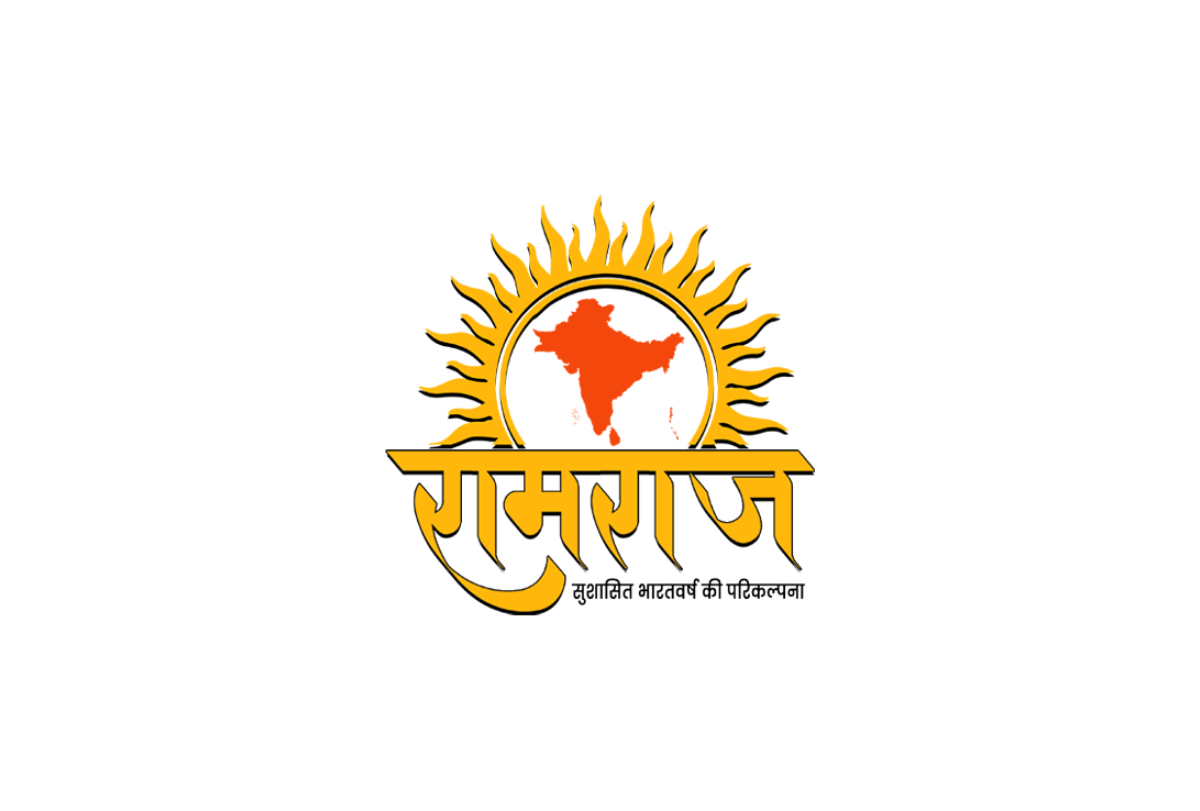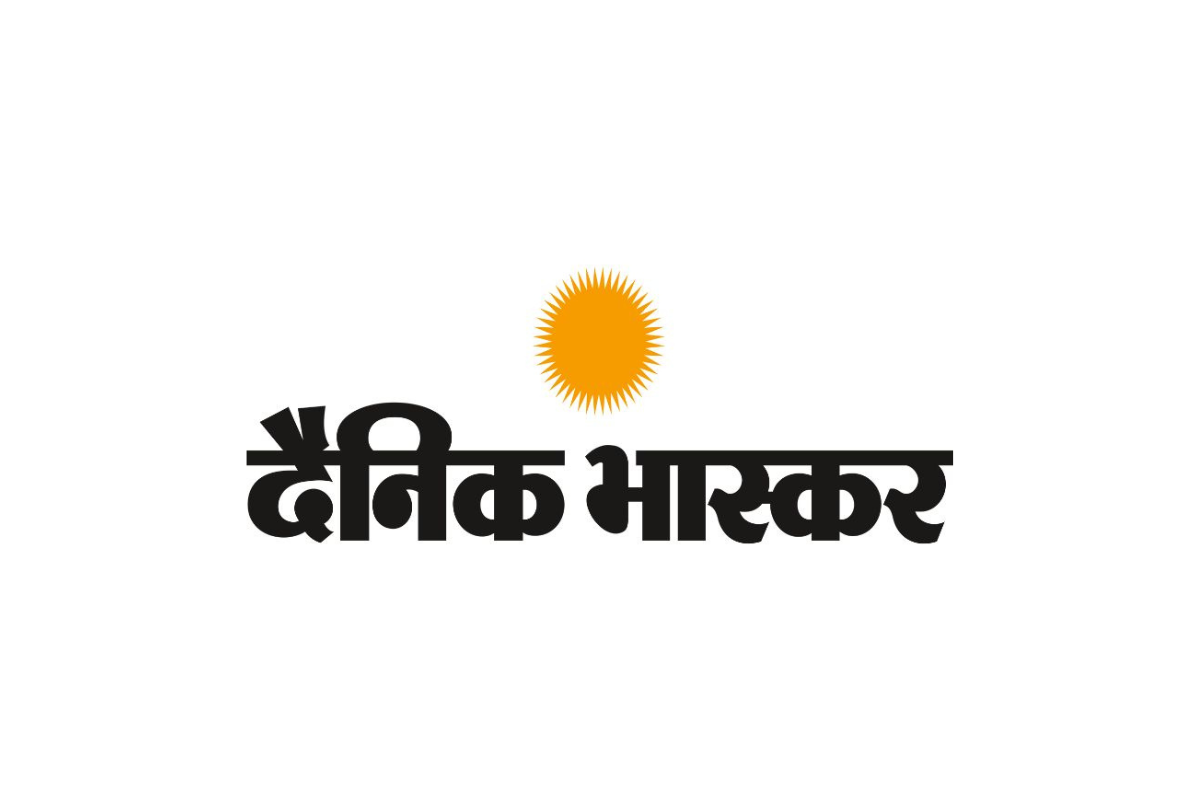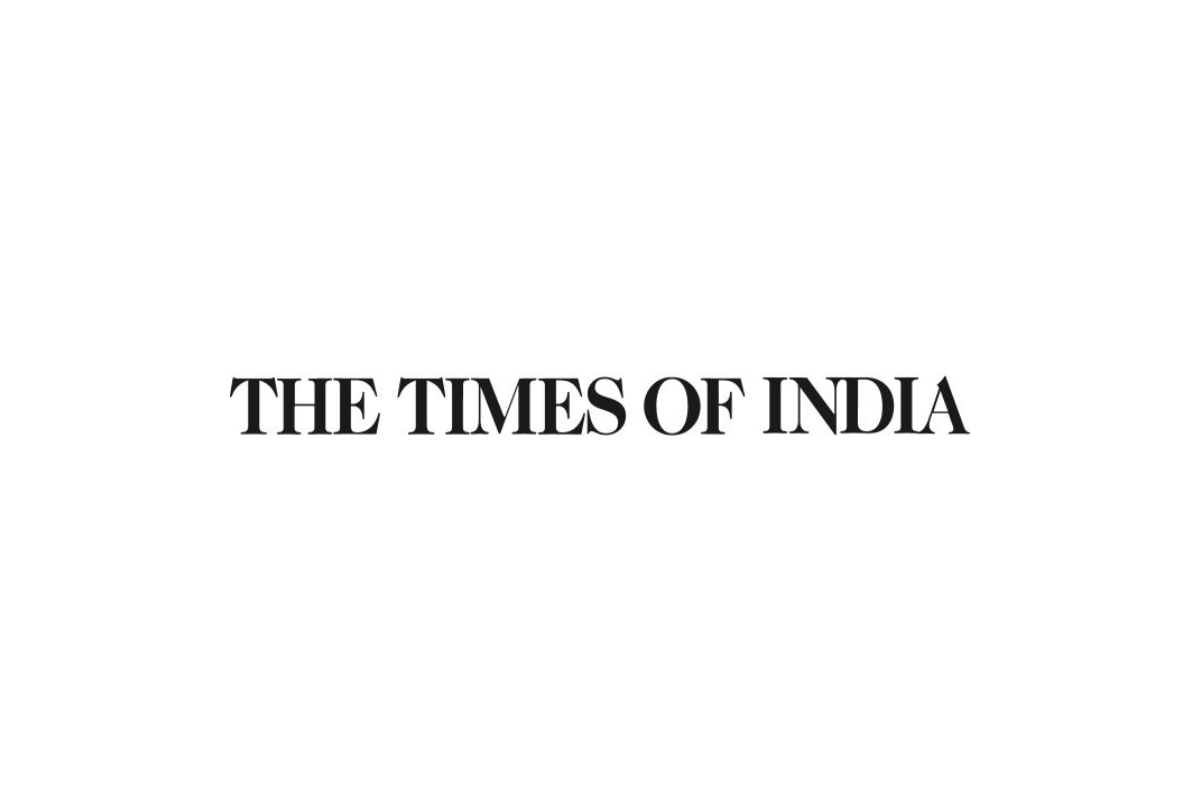Menstrual leave, the decision on the public interest litigation submitted by the 3-member jury headed by Chief Justice DY Chandrachud for discussion to Women and Child Development Ministry is a seemingly gender-sensitive measure implemented in the countries of Spain, Indonesia, Japan, South Kora, Taiwan, Zambia, etc.
But, the implications in a country like India with patriarchal notions around menarche could lead to several regressive implications.
But the question at hand is whether it is a progressive measure for a country with abysmally low workforce participation. NFHS- reveals 25% of women’s work participation rate and as per Global Gender Gap Index, men labour force participation is 70.1% and women is 19.2%. So, employers reluctant to employ women even on the pretext of having to guarantee maternity leave would consider reducing women workforce engagement due to additional incentives like menstrual leave.
Similarly, the budget shows that allocation for education is at 2.5% and health 1.97 % of the total budget. Drop-out rate of girl children in India is 12.61% at the secondary level of education as per UDISE dashboard. In this context, it is to be analysed as to whether there should be focus on construction of functional toilets with water facility, access to sanitary pads with the support of National Health Mission, Swachh Bharath Mission and Education Department. Urinary tract Infections among adolescent girls and women is high due to control over even basic bodily function and inability to access toilets.
Suggestions
Menstruation being a biological process may not require universal leave for all adolescents and women. It can be provided with conditional clauses based on medical requirements like menstrual irregularities, etc. If menstrual leave is for a period of 4 days every month, it would be a loss of 44 days a year for children and if restricted to one day, does that require enforced leave or can it otherwise be utilised by children requiring rest. So how would the adolescents’ girls and young women compensate for the missed classes. If she is engaged in professional courses like medicine, engineering, law, how will the classes be compensated?
Under such circumstances, it would be important to issue orders for menstrual leave with strict clauses of medical requirements befitting the biological necessity. It would be pertinent for MWCD to enhance gender budgeting for improved functional infrastructure, maintenance, education for menstrual hygiene, dispel notions of purity and pollution around menstruation with biological and scientific information and provisioning of sanitary pads for adolescents and women in work places.
Like the implementation of Policy for Prevention of women from sexual harassment Act gaining momentum in offices with stringent prescriptions, ecosystem in offices can be gender sensitive with functional toilets and infrastructure for disposal of pads and this can be ensured as part of the Gender Policy to be enforced in the country. The leave would be a boon in a country with gender equality indices. In India with gender gap at 50.9% as per the Global Gender Gap Index 2022, patriarchal systems and structures impacting lives, we need to take stringent measures at developing gender sensitive eco-system and infrastructure for menstrual hygiene and reproductive health.
About the author: Seema Bhaskaran is the Lead-Gender at Transforming Rural India Foundation. All views/opinions expressed in the article are of the author.






